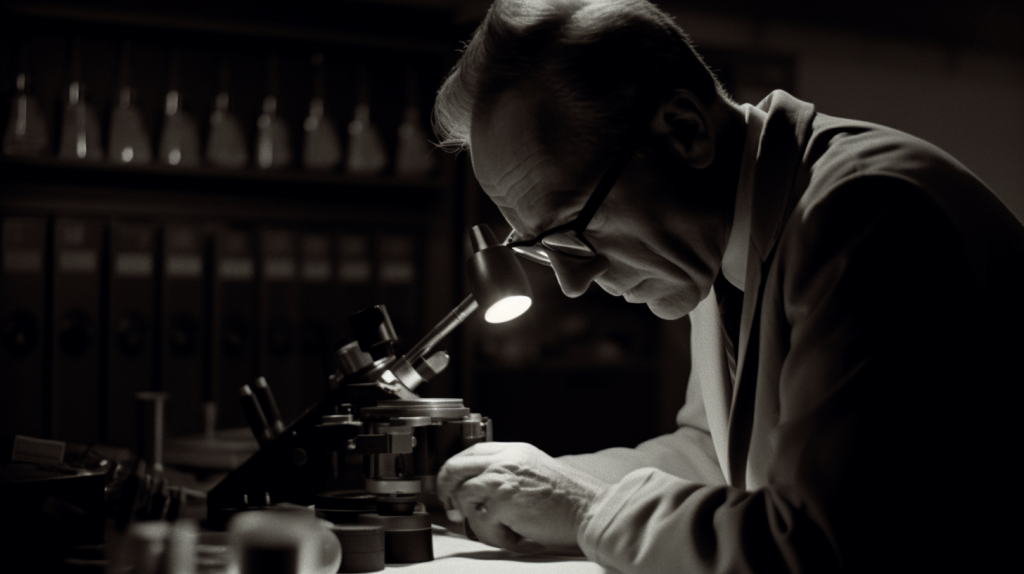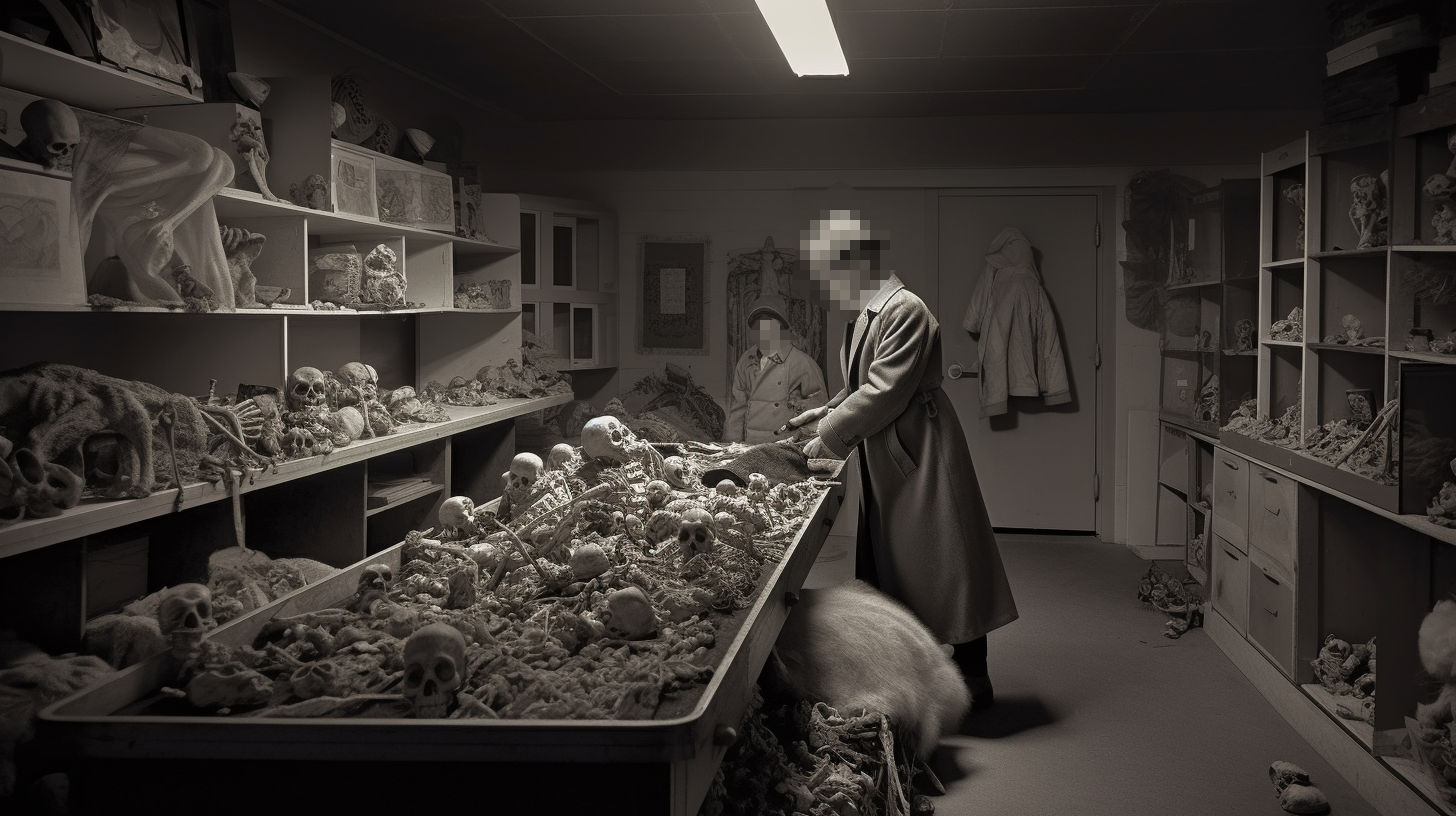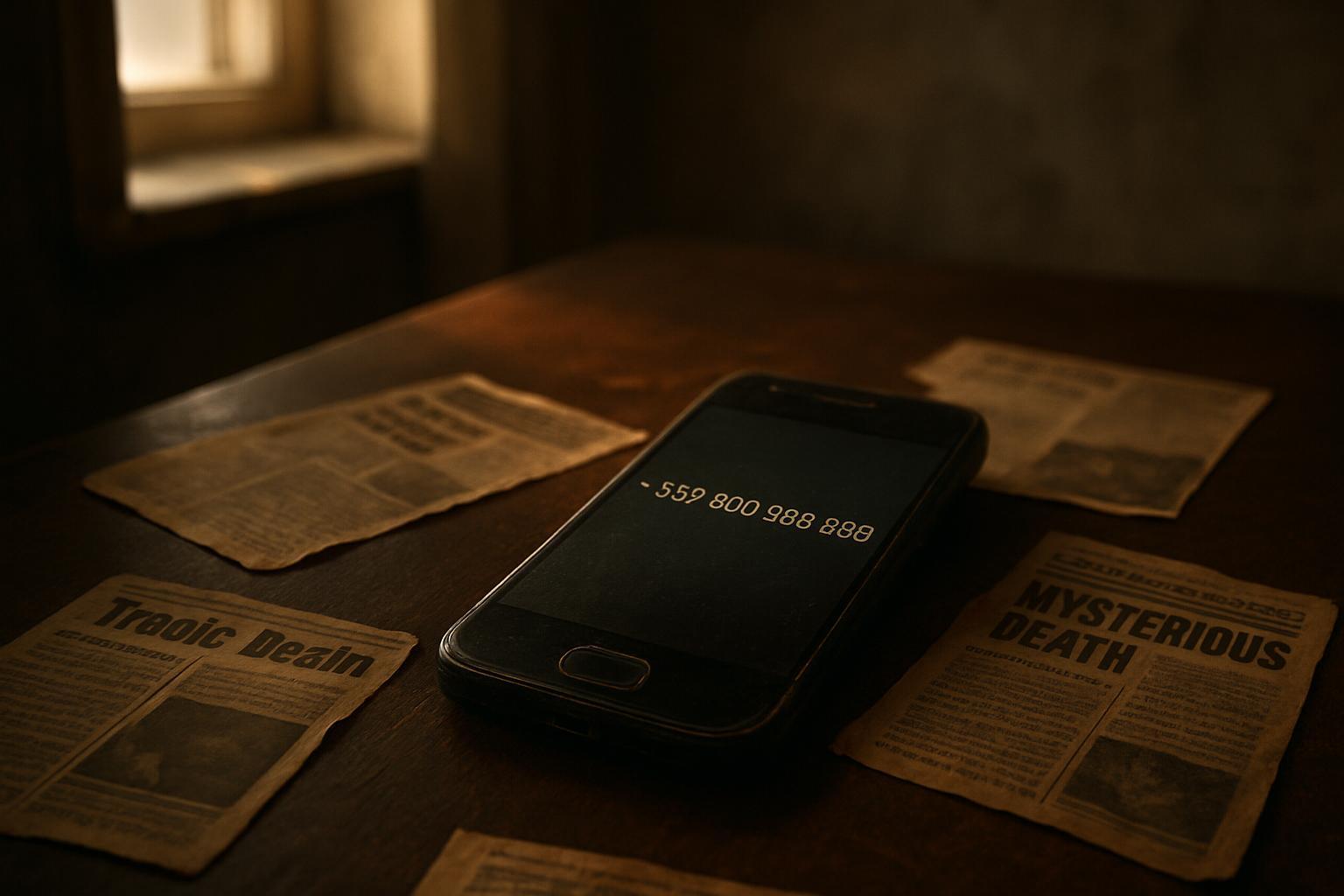Project Sunshine, a covert government operation that spanned the 1950s and 1960s, sought to measure the global impact of radioactive fallout from nuclear tests. To accomplish this, the program involved the secret collection of children’s bones and tissue samples from around the world. As a disturbing example of government overreach and ethical misconduct, Project Sunshine remains a haunting episode in the history of atomic testing and the Cold War.
The Origins of Project Sunshine
In the early years of the Cold War, the United States, Soviet Union, and other countries conducted numerous atmospheric nuclear tests, resulting in the release of radioactive fallout into the environment. This raised concerns about the long-term effects on human health and the ecosystem. To address these concerns, the United States Atomic Energy Commission (AEC) initiated Project Sunshine, a groundbreaking research endeavor.
Under the leadership of Dr. Willard Libby, a renowned chemist and Nobel laureate, Project Sunshine aimed to understand the impact of radioactive fallout by measuring the levels of strontium-90, a dangerous radioactive isotope, in the human body. Strontium-90 has a particular affinity for bones and can lead to severe health issues such as bone cancer and leukemia. To conduct their research, the project required samples of human bones and tissues, with a particular focus on children, who were considered more vulnerable to the effects of radioactive fallout.

The project’s ultimate goal was to shed light on the extent of the nuclear fallout and its potential health risks, providing crucial data for policymakers and researchers. However, the methods employed by Project Sunshine and the ethical considerations surrounding the collection of human samples have since come under scrutiny, raising important questions about scientific ethics and the balance between the pursuit of knowledge and the well-being of individuals involved.
The Unethical Collection of Human Remains
The methods employed by Project Sunshine to obtain human samples for research were deeply problematic and ethically questionable. In pursuit of their goals, government agents resorted to covert measures, often without the knowledge or consent of the deceased’s family.
The project involved the clandestine collection of body parts from recently deceased children, infants, and even unborn fetuses. This practice was carried out with the assistance of hospitals, doctors, and even undertakers who were complicit in the process. Grieving families were kept in the dark about the true fate of their loved ones’ remains, unaware that they were being used for scientific research.
The secretive nature of the collection process raises serious ethical concerns. The lack of informed consent and transparency violated the rights and dignity of both the deceased individuals and their families. This practice undermines the fundamental principles of medical ethics and highlights the disturbing lengths to which Project Sunshine went to obtain the required samples.
The revelation of these unethical practices has sparked widespread outrage and debate, prompting a reevaluation of the balance between scientific advancement and the ethical treatment of human subjects. The legacy of Project Sunshine serves as a cautionary tale, reminding us of the importance of rigorous ethical standards in scientific research and the need for transparency and informed consent.
The Fallout and Exposure
Project Sunshine’s activities remained a secret until the early 1990s when a British journalist, Tom Mangold, exposed the program in his book “Plutonium File.” The revelation sparked outrage among the public and led to a series of government inquiries and investigations into the project’s ethical breaches.
In 1995, the British government released a report acknowledging the unauthorized removal of organs from deceased children between 1955 and 1975. The report, however, failed to provide a complete account of the project’s activities, and many questions about the full extent of Project Sunshine remain unanswered.

The Legacy of Project Sunshine
Project Sunshine serves as a chilling reminder of the lengths to which governments were willing to go during the Cold War to advance their nuclear ambitions. The program highlights the ethical challenges and potential abuses of power that can arise in the pursuit of scientific research and national security.
The incident has left a lasting impact on the public’s perception of government transparency and accountability, as well as the importance of ethical considerations in scientific research. As we continue to grapple with the legacy of the Cold War and the consequences of nuclear testing, the disturbing history of Project Sunshine serves as a cautionary tale about the potential for human rights abuses in the name of science and national security.
For further reading
If you’re interested in delving further into the chilling history of Project Sunshine and its consequences, the following resources provide additional information and perspectives on this dark chapter in Cold War history:
- The Plutonium Files: America’s Secret Medical Experiments in the Cold War by Eileen Welsome – A comprehensive account of the secret medical experiments conducted by the US government during the Cold War, including the disturbing details of Project Sunshine.
- Nuclear Families: Atomic Fallout in the Cold War by Susanna Leung – An exploration of the impact of nuclear testing on families and communities during the Cold War, shedding light on the human cost of Project Sunshine and similar programs.
- The Bulletin of the Atomic Scientists – A publication dedicated to providing information and analysis on global security issues related to nuclear weapons, climate change, and emerging technologies. The Bulletin has covered the history and legacy of Project Sunshine in various articles and commentaries.




